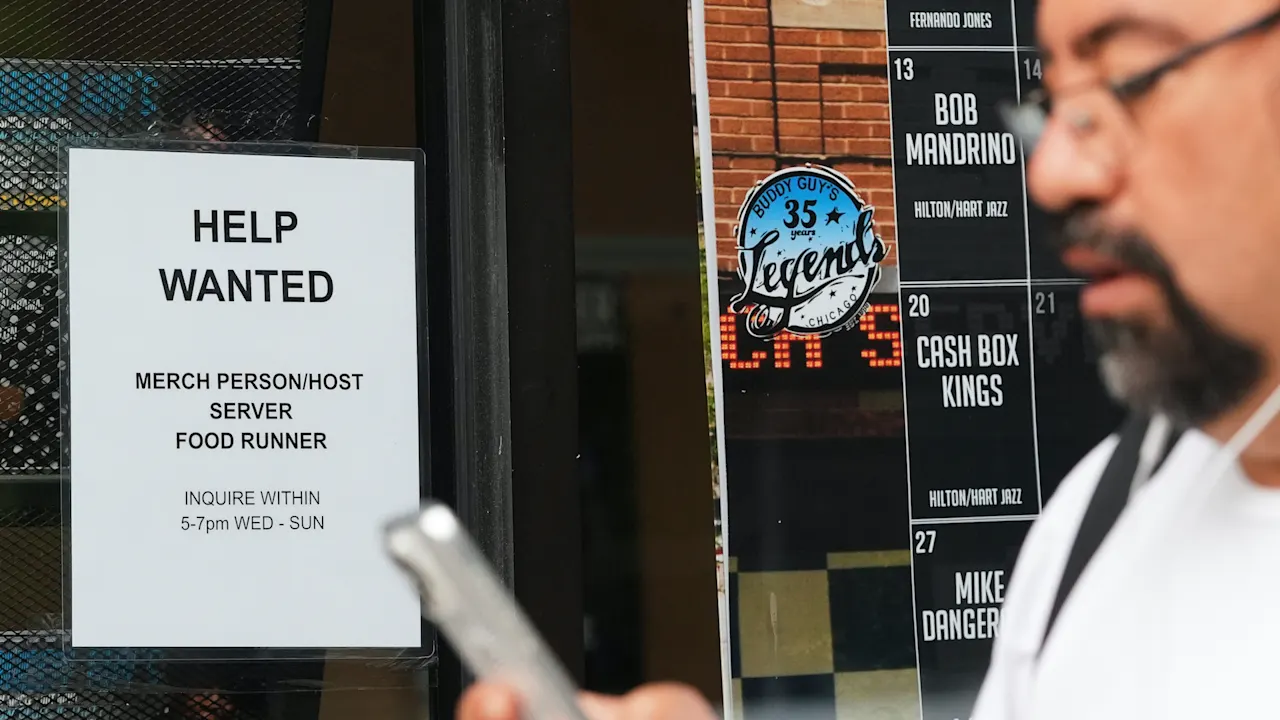The recent wave of mass layoffs across the technology sector, often attributed to the rise of artificial intelligence, presents a far more intricate economic narrative than typically portrayed. This widespread narrative suggests that AI directly displaces human roles, yet a deeper examination reveals that companies are strategically leveraging these workforce adjustments to signal efficiency to investors and adapt to evolving market dynamics, rather than purely as a direct consequence of automation.
Recent data underscores a significant shift in the tech job landscape, with career website Indeed reporting a substantial decline in tech job postings in July, down 36% from early 2020 levels. While AI is a contributing factor, it’s not the predominant force stalling a rebound in hiring, indicating a broader cooling of the overall job market that parallels trends observed in other economic sectors.
A recurring theme in recent tech CEO layoff announcements often includes a subtle, or sometimes overt, reference to AI, alongside expressions of empathy for affected employees. Executives from companies like Workday, Autodesk, and CrowdStrike have framed these difficult decisions as necessary shifts to “accelerate investments” in AI or to become a “future-ready organization,” suggesting a strategic pivot rather than solely a response to AI-driven redundancy.
A crucial distinction often overlooked is that the current surge in AI-related capital expenditure by tech giants, rather than widespread job replacement by AI tools, appears to be a more significant driver behind the recent workforce adjustments. Companies are investing massively in data centers, specialized chips, and other infrastructure to power AI technology, and these investments are often accompanied by efforts to streamline operations and improve profit margins.
Wall Street has largely welcomed these leaner approaches, interpreting them as a commitment from tech leaders to efficiency and adaptability in the burgeoning AI era. Strategists note that tech giants face a “double-edged sword” in balancing optimal headcount with the forefront emergence of artificial intelligence, necessitating careful resource allocation and strategic restructuring to meet investor expectations.
While concerns about AI replacing jobs are valid, experts highlight its parallel capacity for job creation. Roles that involve leveraging artificial intelligence to innovate and develop new products and services are experiencing high demand, creating a bifurcated job market where specialized AI professionals are faring better than general software engineers, though even these roles are subject to market fluctuations.
The impact of these hiring declines has been particularly pronounced in entry-level tech jobs, especially in functions like marketing, administrative assistance, and human resources. These areas often involve tasks that directly overlap with the capabilities of generative AI tools, which excel at content creation and data processing, suggesting a shift in required skill sets for new entrants into the tech workforce.
AI hubs such as the San Francisco Bay Area, Boston, and Seattle have witnessed significant plunges in tech hiring. Interestingly, the data suggests that while the overall tech hiring dip began prior to the widespread adoption of new AI tools, the shifting requirements for experience — favoring those with at least five years in the industry — have become more apparent recently, indicating a mature market seeking specialized expertise.






Leave a Reply